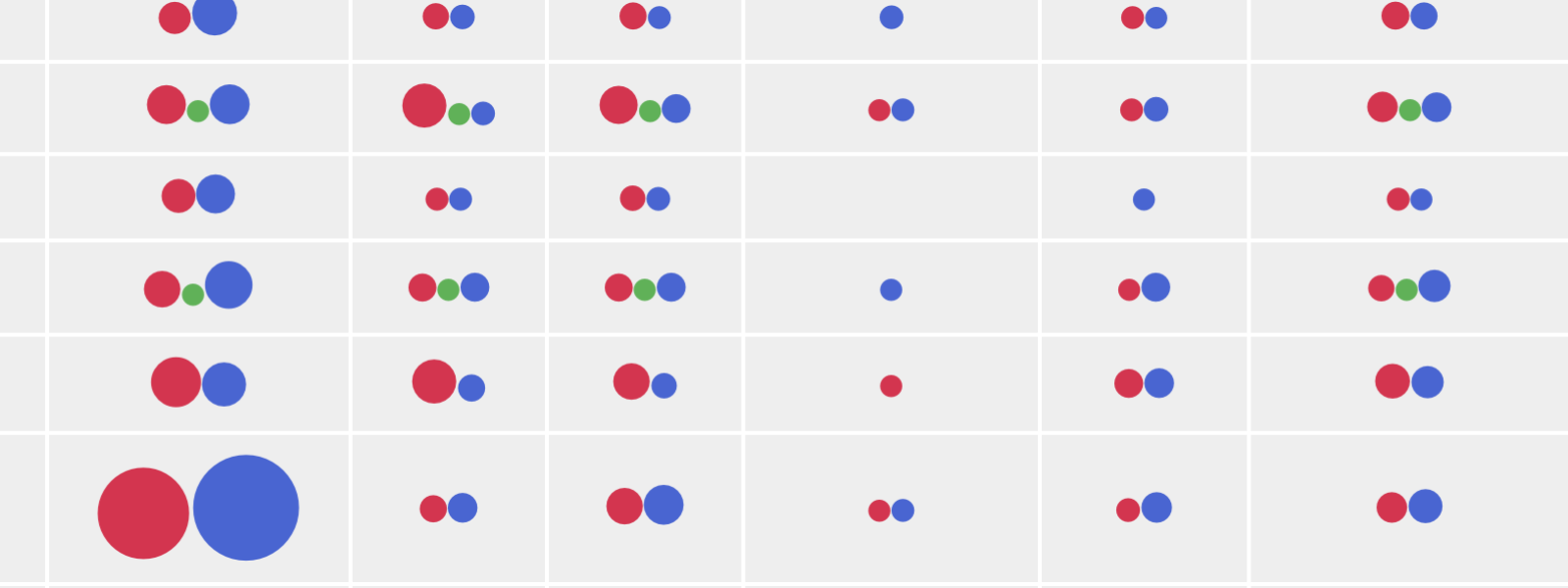Expansion of our Living Evidence Maps

We’re delighted to say that we are expanding our Living Evidence Maps. Until recently, the maps have only included systematic reviews and umbrella reviews. However, we have now mapped the available research from primary studies and included these too. We already have over 480 systematic and umbrella reviews and have now added more than 570 primary studies – making it even easier to find evidence of what works to address health and care inequalities. The inclusion criteria remain the same; to be included studies have to meet the following criteria: 1) focused on what works, not describing the problem, 2) applicable to primary care and 3) include an inequalities perspective.
We now have more primary studies than systematic reviews, but it is perhaps surprising that the number of primary studies is not higher. There are two possible reasons for this. First, there are fewer barriers to systematic reviews; they do not need ethics approval or access to data. Second, our maps include broad systematic reviews which cover a range of topics and are therefore represented in multiple cells. This gives the appearance of a high number of systematic reviews relative to primary studies.
Our maps show that socioeconomic status and ethnicity are the most studied disadvantaged groups. The interventions with the most evidence are community workers and advice/counselling, and the most frequently measured outcome is access and health condition outcomes, specifically cancer and diabetes. There are many other areas, such as chronic respiratory disease, where more evidence is needed.
To explore our expanded Living Evidence Maps, please see here.
